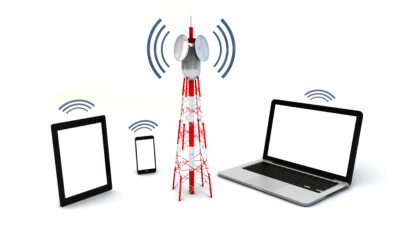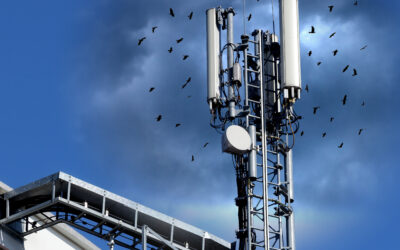How Single Frequency Networks Are Revolutionizing Wireless Communications

In the past, wireless networks have used multiple frequency bands to transmit data. However, this approach has several disadvantages. For one thing, it can lead to interference between different frequencies, which can degrade signal quality. In addition, using multiple frequency bands requires more complicated and expensive equipment. Single frequency networks (SFNs) are wireless networks that transmit on a single radio frequency. This allows for more efficient use of the spectrum and improved coverage compared to traditional network architectures.
In a traditional network, each base station transmits its signal on a different frequency, which can cause interference and reduce coverage. In an SFN, all base stations transmit on the same frequency, which eliminates interference and improves coverage. Single frequency networks are used in a variety of industries and applications, including military communications, public safety communications, broadcast television and radio, and wireless Internet service providers (WISPs).
SFNs are made possible by advances in digital technology that allow for precise timing and coordination of transmissions. This means that each transmitter can be programmed to start and stop at the same time so that all transmissions on the same frequency arrive at the receiver at the same time. This allows the receiver to “reconstruct” the signal as if it had come from a single transmitter.
SFNs offer many benefits over traditional networks, including improved coverage, increased capacity, and higher data rates. One, SFNs improve coverage by eliminating interference between base stations. This allows for a stronger signal and improved coverage in rural areas. In addition, SFNs can increase capacity by up to 30% compared to traditional networks. This is because SFNs can reuse the same frequency multiple times, which increases the amount of data that can be transmitted over a given period of time. Finally, SFNs can support higher data rates than traditional networks. This is because SFNs can transmit more data per second due to the increased capacity.
On the other hand, SFNs do have some drawbacks, including a higher cost of deployment and a longer planning phase. SFNs require more base stations than traditional networks, which increases the cost of deployment. Also, SFNs require a longer planning phase than traditional networks. The reason for this is that the network must be constructed to get rid of interference between base stations.
There are a few factors to take into consideration when getting a single frequency network for your business. First, you will need to find a reputable supplier that can provide you with the equipment and support you need. Second, you will need to make sure that your equipment is compatible with the rest of your network. Finally, you will need to consider the cost of deployment and maintenance.
In a nutshell, it’s amazing to think about how far wireless communication has come and the potential that still lies ahead. Single-frequency networks are paving the way for even more reliable, efficient, and secure communications in the future. If you want to stay ahead of the curve in this rapidly changing industry, contact us today at Smith and Fisher. Our experts will be happy to discuss your specific needs and help you find the perfect solution for your business.
Recent Posts
- RF Safety: The Silent Protector of Wireless Communication
- How RF Signal Generators Drive Effective Testing Practices
- How Radio Frequency (RF) Testing Enhances Connectivity and Reliability
- The Importance of RF Education in Today’s Tech Landscape
- What to Expect During a Radiofrequency Radiation Site Inspection?






